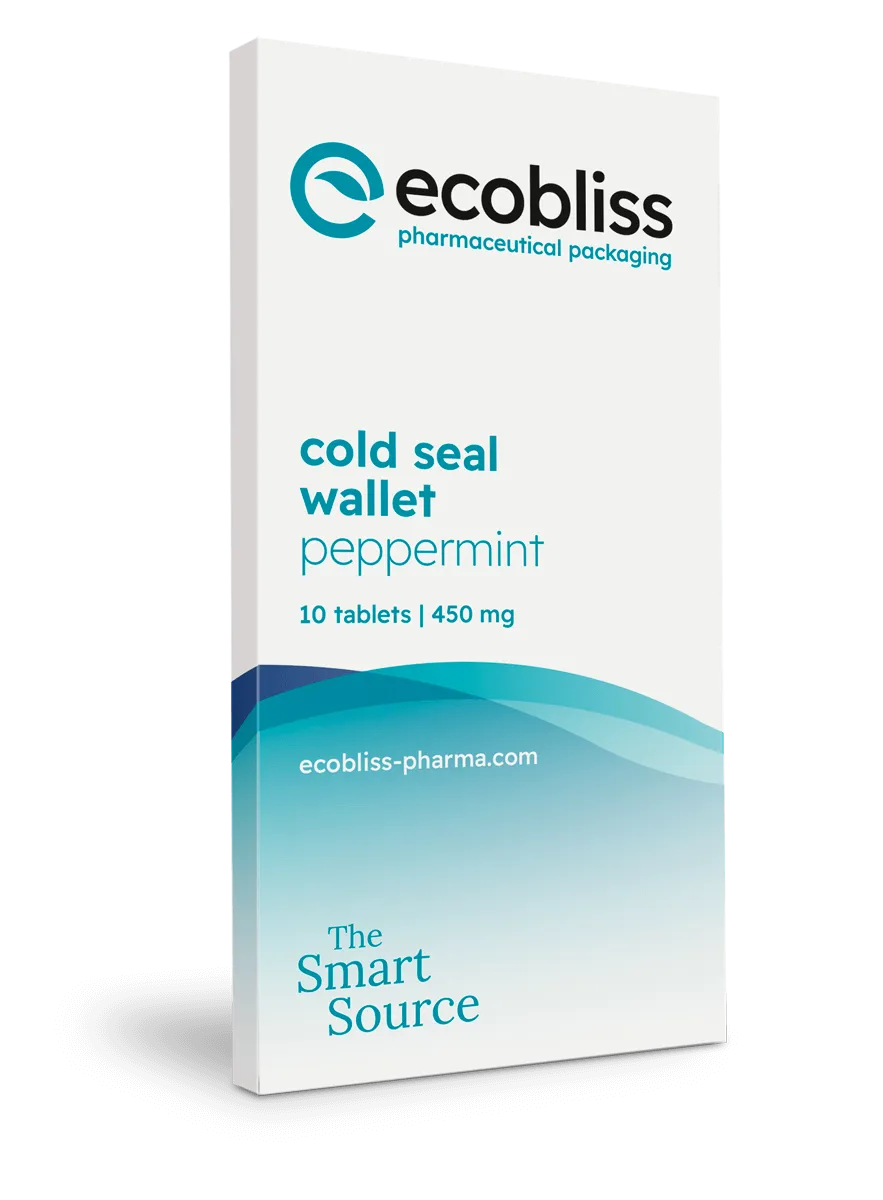When it comes to contract packaging in the pharmaceutical industry, there is a clear distinction between primary and secondary co-packaging. These differences are not just in their physical attributes but also in their functional roles and significance. Understanding these distinctions is key to ensuring the safety, efficacy, and marketability of pharmaceutical products.
Primary contract packaging
Think of primary packaging as the protective cocoon that directly envelops the pharmaceutical product. Its purpose is twofold: safeguarding the product’s integrity and ensuring patient safety.
Detailed aspects:
- Material composition: The materials used in primary packaging are selected for their inert properties. For instance, the foil-lid of a blister pack does not react with the medication, ensuring the drug's stability and effectiveness. Explore the different types of packaging materials in this blog.
- Barrier protection: Primary packaging acts as a barrier against environmental elements like moisture, light, and air, which could degrade the medication. This is particularly vital for sensitive products like capsules and softgels.
- Dosage and compliance: Blister packs, as a form of primary packaging, are designed to hold individual doses, aiding in medication compliance and ease of use for patients.
Secondary contract packaging
Secondary packaging is the external layer that encases the primary packaging. It serves broader purposes, extending beyond mere protection to communication and brand representation.
Detailed aspects
- Marketing and branding: Secondary packaging is often the first thing a consumer sees on the shelf. It is designed to be eye-catching and informative, carrying branding elements, product descriptions, and usage instructions.
- Information and localization: This layer provides critical information in an easily accessible format. For OTC products, this might include dosage instructions, ingredients, and warnings in the local language.
- Transportation and storage: Secondary packaging also enhances the durability and handleability of products during transportation and storage. It provides structural support, making it easier to transport and store large quantities of the product safely.
Curious how you can find the right contract packaging partner? Find it out here!
The interplay between primary and secondary packaging
Understanding the roles of primary and secondary packaging reveals their interdependent nature. Primary packaging is the first defense line, providing direct protection and stability to the product. Secondary packaging builds upon this, adding layers of communication, branding, and logistical functionality. Beyond these core functions, both packaging levels play a central role in maintaining regulatory compliance and ensuring patient safety. Primary packaging materials must meet strict pharmaceutical standards to prevent chemical interactions, preserve shelf life, and guarantee accurate dosing. Meanwhile, secondary packaging supports proper identification and traceability throughout the supply chain by housing essential information such as batch numbers, storage conditions, and usage instructions. It also enhances efficiency in distribution by enabling barcoding, serialization, and tamper-evident features. Together, these layers create a complete protective system that not only safeguards the medication itself but also ensures that the product can be stored, transported, and dispensed responsibly and reliably.
Harmonizing primary and secondary packaging in pharmaceuticals
In summary, primary and secondary packaging serve distinct roles but are interconnected in the pharmaceutical industry. Primary packaging focuses on direct contact with the product, ensuring its protection and safety for the end user. In contrast, secondary packaging takes on the broader roles of marketing, conveying essential information, and aiding in logistics. Together, they form a cohesive strategy, ensuring that pharmaceutical products are safely, effectively, and conveniently delivered to consumers.
For those seeking assistance in secondary contract packaging, Ecobliss offers the needed expertise and solutions to effectively encase your primary packaged products in our GMP-certified contract packaging rooms.
Request a free sample now!










